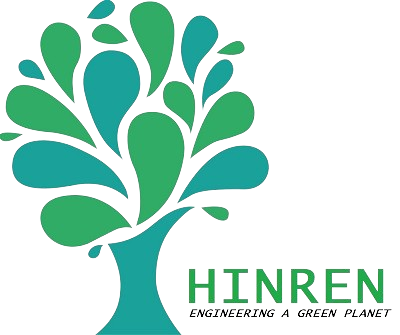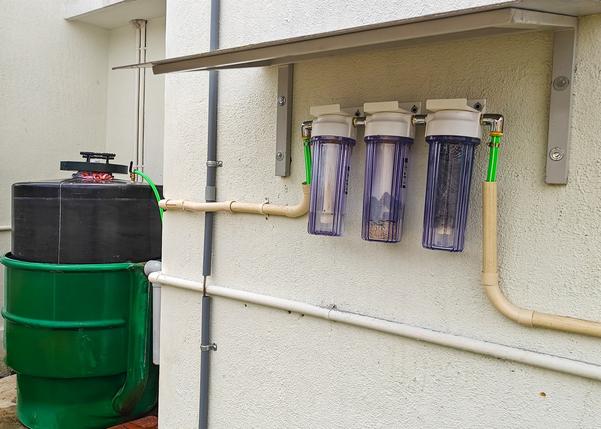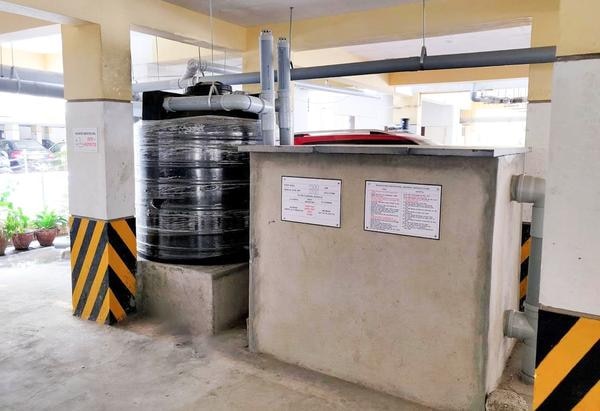Solid waste piling up in our cities, methane emissions from landfills, our dependence on imported fossil fuels, and the overuse of chemical fertilizers—all of these are silently eroding our environment, our health, and the very food we eat. These are not isolated problems; they are deeply connected. At Hinren Engineering, we believe the answers lie not in bigger landfills or more imports, but in transforming waste into resources. Through our decentralized biogas plants, household food waste can be converted into clean cooking gas and the residue into natural liquid fertilizer. How it works: 1. Food waste is fed into a digester, where microorganisms naturally break it down. 2. The result? Biogas—a renewable fuel that can replace LPG in the kitchen. 3. What remains is a nutrient-rich liquid that works as an organic fertilizer, reducing the need for harmful chemicals in our fields. The impact: A. Less waste in landfills, fewer methane emissions. B. Energy independence with a clean, renewable fuel. C. Healthier soil, crops, and food without chemical residues. D. A simple yet powerful step towards fighting climate change. Most importantly, this is a decentralized solution. Families and communities can take control of their waste, energy, and food security—creating a true circular economy right at the grassroots. At Hinren, we see waste not as a burden, but as an opportunity: to cook our meals, to nourish our soils, and to heal our planet.


